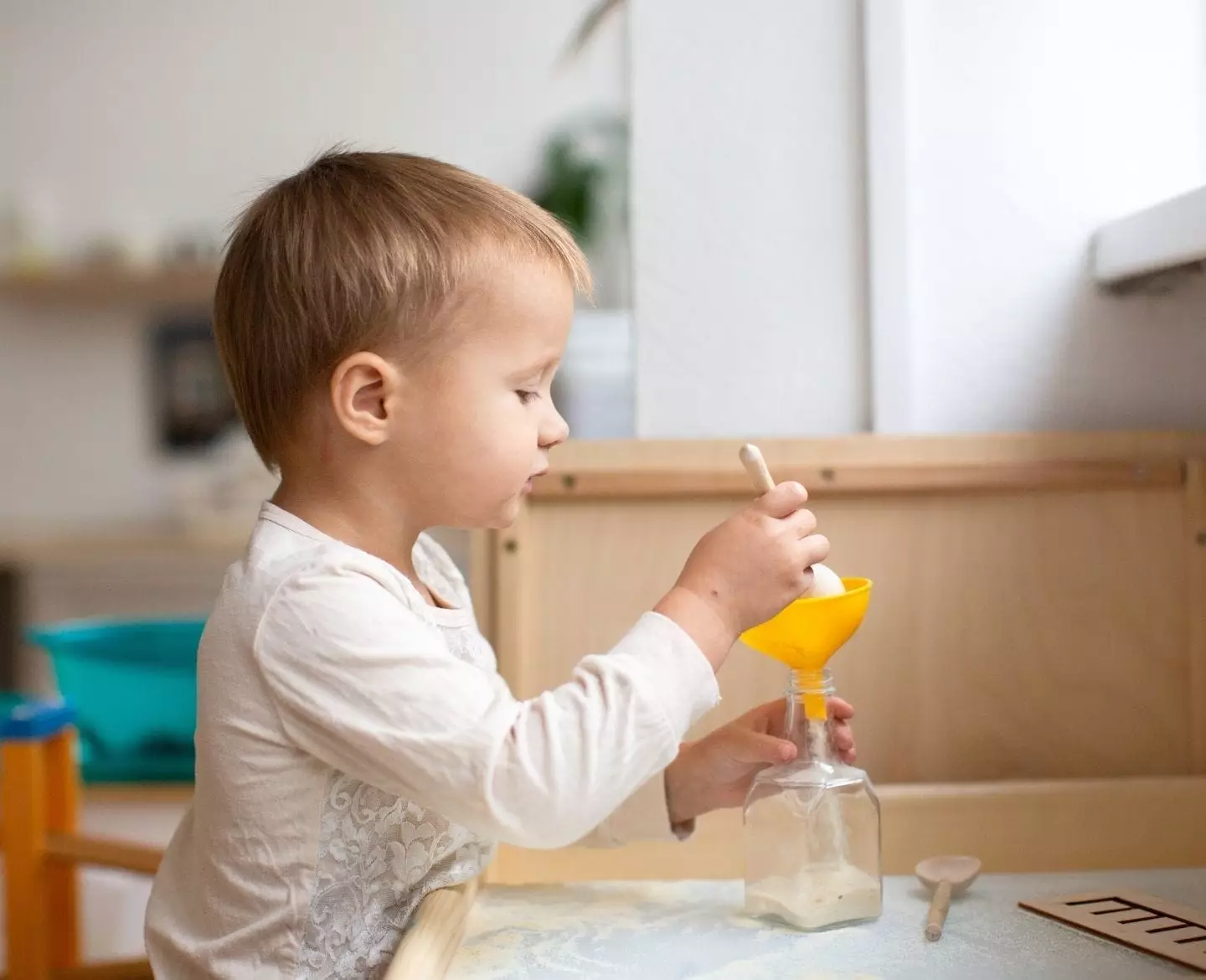Toddlers are inherently inquisitive beings, constantly eager to explore their environment and engage with the world around them. This exploration is crucial not only for their enjoyment but also for their development. Sensory play, which involves activities that stimulate a child’s senses, plays a significant role in tapping into their natural curiosity. It encompasses a range of experiences that are not merely entertaining but also beneficial for fine motor skills and cognitive growth. By facilitating sensory activities, parents can create a rich learning experience that nurtures discovery and imagination.
One of the most appealing aspects of sensory play is its accessibility; many activities require minimal equipment and can be crafted from items commonly found around the home. For example, turning a swath of butcher-block paper into a canvas for finger painting is an exhilarating experience for toddlers. This tactile activity allows children to immerse themselves in the process of art creation without the constraints of traditional paintbrushes, significantly enhancing their creative expression.
Another inexpensive and fun option is homemade play-dough. Made with basic ingredients like flour, salt, and water, it serves as an excellent medium for sensory exploration. Children can mold, squish, and manipulate the dough, thereby honing their fine motor skills while engaging their imaginations.
In addition, simple cooking-related activities can double as sensory experiences. For instance, cooking pasta—allowing it to cool, then letting toddlers play with the slippery strands—creates a tactile sensation that is endlessly entertaining and engaging. Setting up a small water play area—indoors or outdoors—further offers a delightful opportunity for exploration. With a few pots, some water, and potentially a rubber duck or two, toddlers can experience the joy of splashing and pouring while developing their coordination.
DIY sensory bottles are another fantastic example of creative play. By filling clear plastic bottles with water, food coloring, glitter, and small objects, parents can craft captivating sensory stories for their children. After sealing them tightly, these colorful creations become interactive exhibits that promote focusing and tracking abilities.
Conversely, sensory bins provide a different yet equally stimulating experience. A plastic container filled with a base such as rice or dried beans, paired with an assortment of small objects, invites children to dig, sift, and explore with their hands. These bins can be themed to include seasonal items, numeral games, or even miniature farms, expanding the breadth of learning as kids interact with varied textures and shapes.
Sensory play isn’t limited to concocted materials. Incorporating natural elements can elevate the experience significantly. Gathering fresh produce, such as orange peels or fragrant herbs, allows toddlers to engage with different smells. By using jars to separate various scents, children can practice identifying and describing aromas—a simple yet profound way to enhance their sensory vocabulary.
Alternatively, a summer ice activity can delight and engage tots, especially during hot days. By freezing small toys in ice blocks, kids can enjoy the process of unearthing their toys as they wait for the ice to melt. This not only sharpens their problem-solving skills but also promotes patience and fine motor coordination.
Sound is often overlooked in the realm of sensory activities. Encouraging toddlers to experiment with sound can lead to delightful discoveries. For instance, pots and wooden spoons can transform into percussion instruments, providing a fun outlet for creativity. Additionally, establishing a mini obstacle course composed of varied textures and materials can enhance physical engagement while keeping things lively and entertaining.
During walks, parents can transform routine outings into sensory learning opportunities. By prompting toddlers to identify and describe sounds they hear—be it birds chirping or leaves rustling—children learn to develop their listening skills in an engaging context.
Sensory play for toddlers isn’t just about providing entertainment; it’s a vital aspect of their developmental trajectory. These activities naturally foster curiosity, enhance motor skills, and improve cognitive functions. Implementing creative, hands-on activities can lead to significant joy and learning, all from the comfort of home.
Whether it’s through crafting sensory bins, mixing homemade play-dough, enjoying nature’s scents, or engaging in sound-based activities, parents have endless possibilities to explore with their toddlers. As children engage their senses, they embark on a thrilling journey of discovery that lays the foundation for lifelong learning. Maximizing this innate curiosity empowers children to thrive and celebrate play as the wonderful avenue of learning that it truly is.

